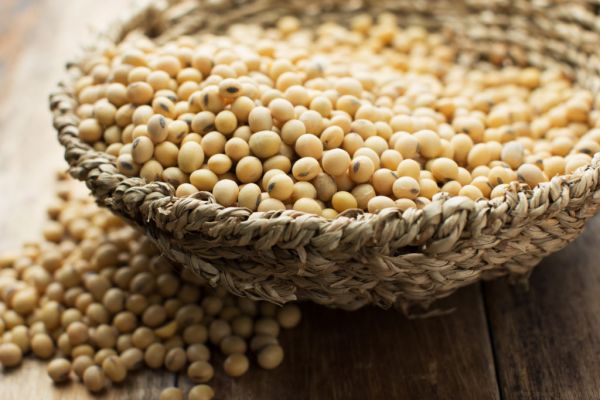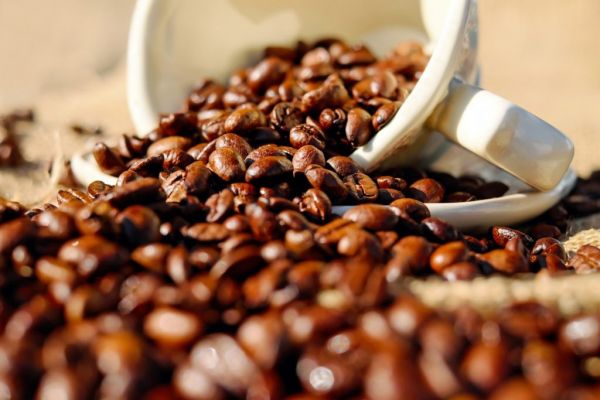A record payout to New Zealand dairy farmers last year is setting the stage for a global milk glut that Goldman Sachs Group Inc. predicts will last half a decade.
The world’s top exporter will expand production to an all-time high, the government predicts, after a 2013 surge in prices led to investment in more cows and nutritional supplements that boost milk flow, just as pastures recovered from a drought. Annual global dairy output will exceed demand by 2 billion litres through 2018, Goldman said in a report last month. That’s enough to fill 800 Olympic-size swimming pools.
A rebound in New Zealand supply is adding to gains in Europe and the US, overwhelming demand growth in China that helped send global dairy prices tracked by the United Nations to a record in February. Surpluses may further erode Chicago futures that have slumped 12 percent from a peak in April, cutting costs for buyers including Dallas-based Dean Foods Co.
“Supply is putting pressure on the market,” Michael Harvey, a Melbourne-based analyst at Rabobank International, said in a phone interview on July 9. “There is a lot of milk that needs to be soaked up before we start to see any price increase.”
Class III milk, used to make cheese, closed yesterday at $21.39 per 100 pounds on the Chicago Mercantile Exchange, down from a record $24.32 on April 24. Prices may drop to $19.91 by December, according to broker INTL FCStone Inc. CME futures already anticipate a drop, with the contract for January delivery trading at $18.54.
Auction Slump
Whole-milk powder in New Zealand, a benchmark for global trade, tumbled 30 per cent this year to $3,459 a metric ton at the twice-monthly auction held by Auckland-based Fonterra Cooperative Group Ltd, the world’s biggest dairy exporter. Average prices will drop 9.6 per cent in the 12 months that began July 1, and skim-milk powder, cheese and butter will also decline, the Australian government said June 17.
New Zealand’s output will rise to 1.856 billion kilograms of milk solids in the year ending May 31 as the herd expands, up from 1.815 billion kilograms a year earlier, the Ministry for Primary Industries said June 9. Cow’s milk is about 86 per cent water and 14 percent milk solids, according to Goldman. Fonterra said May 28 that supply will increase 2 per cent in the year ending May 31, 2015. Milk collection was 10 percent higher in June than a year earlier, three months before the seasonal increase in output starts in September, Fonterra said July 7.
Ending Losses
Lower prices will provide some relief to Dean Foods, the largest US milk processor, which had losses in three of the past four quarters. The company will report a loss of $10.1 million in the three months that ended June 30, according to a Bloomberg survey of three analysts.
“Supply has arrived sort of to the rescue, and we’re going to begin to see the downward pressure on this price curve going forward for the balance of the year,” Chief Financial Officer Chris Bellairs said in a presentation May 21. “These very, very high prices that we’ve been experiencing recently will bring supply to the market. This problem will now start to rectify itself.”
Weather remains a wildcard. New Zealand’s most widespread drought in 30 years wilted pastures used to feed the dairy herd and sent the average winning price at Fonterra auctions to a record $5,245 in April 2013. An emerging El Nino weather pattern may bring drier conditions to Australia’s east and south and drought on New Zealand’s east coast. The odds of El Nino developing this year are at least 70 per cent, most likely by about September, Australia’s Bureau of Meteorology says.
Stricter Rules
Global imports for whole-milk powder more than doubled since 2008 as the economy grew in China, the most-populous nation and biggest buyer. Whole-milk powder imports may reach a record 900,000 tons in 2014, 38 per cent more than the US department of agriculture’s forecast, according to a June 18 report by the USDA’s Foreign Agricultural Service. The FAS said milk output will be about 3 per cent less than the USDA forecast because of stricter rules on local production and reduced herds.
“Most people expect their demand to remain strong,” said Kyle Schrad, risk management consultant at INTL FCStone in Chicago.
China relies on imports because domestic dairies haven’t kept pace with demand, and after food-safety scandals that included melamine-tainted baby formula that led to deaths of at least six babies and sickened thousands in 2008. The country also relies on imported feed and faces challenges from land and water availability, biosecurity and high domestic production costs, making self-sufficiency difficult, according to Rabobank.
Milk Solids
Even as China increases purchases of dairy from cheese to baby formula, the slowest expansion since 1990 may curb growth in demand. Gross domestic product will slow to 7.4 per cent this year from 7.7 per cent in 2013, according to economist estimates compiled by Bloomberg. Demand may also slow in the second half after China bought more than it needed in the first part of the year, Rabobank said in a report e-mailed on June 25.
New Zealand output reached an all-time high last season as Fonterra paid a record NZ$8.40 per kilogram of milk solids, and pastures recovered from drought. While Fonterra forecasts NZ$7 in 2014-2015, that would be the fourth-highest payment to farmers, according to ANZ Bank New Zealand Ltd. New Zealand accounts for 65 per cent of global exports of whole-milk powder.
“The higher price and more feeding” boosted production last year, said Con Williams, rural economist at ANZ Bank in Wellington. “Most of the growth this year is more premised around extra cows or new dairy conversions.”
Food Costs
The country’s dairy herd expanded 11 per cent from 2010, USDA data show. The herd was 5 million on July 1, from a record 5.01 million a year ago, and will expand to 5.1 million on July 1, 2015, the government estimates. It’s the world’s largest exporter of butter and whole-milk powder, according to the USDA.
In Australia, the fourth-biggest butter and cheese exporter, output will increase 2 per cent in 2014-2015, Dairy Australia, a producer group, forecasts. Supply from New Zealand and Australia rises in spring, which begins in September.
World food prices tracked by the UN’s Food & Agriculture Organization in Rome fell 1.8 percent in June, a third straight decline and 14 percent below the record set in February 2011. The gauge of dairy prices fell for a fourth straight month to the lowest since March 2013.
Record Crop
Compounding the surplus will be the end of EU production quotas next year, increased profits for US farmers, and investment in expanded dairy operations in China, Goldman said in a June 11 report. EU milk production will increase 2.5 per cent to 157 million tons next year with the end of quotas imposed in 1984, the European Commission predicts. Output is up for a fifth straight year in 2014, according to the USDA.
US farmers are boosting production after wheat and corn fell into a bear markets this year, reducing feed costs. Output will rise 2.4 per cent to 206.1 billion pounds, according to the USDA. A second straight record corn harvest will increase domestic stockpiles to the highest in nine years, helping to boost net-cash income for dairy farmers by 28 per cent, the USDA predicts. Corn prices tumbled 26 per cent in the past year.
“In the case of Europe and the US, production will expand based on the price of milk compared to the price of feed,” said Peter Vitaliano, vice-president for economy policy and market research for the National Milk Producers Federation in Arlington, Virginia. “In New Zealand and Australia, unless prices are terrible, farmers will produce more milk based on how much rain they get and how much pasture they have. The expectation is they will continue to increase.”
Bloomberg News edited by ESM













